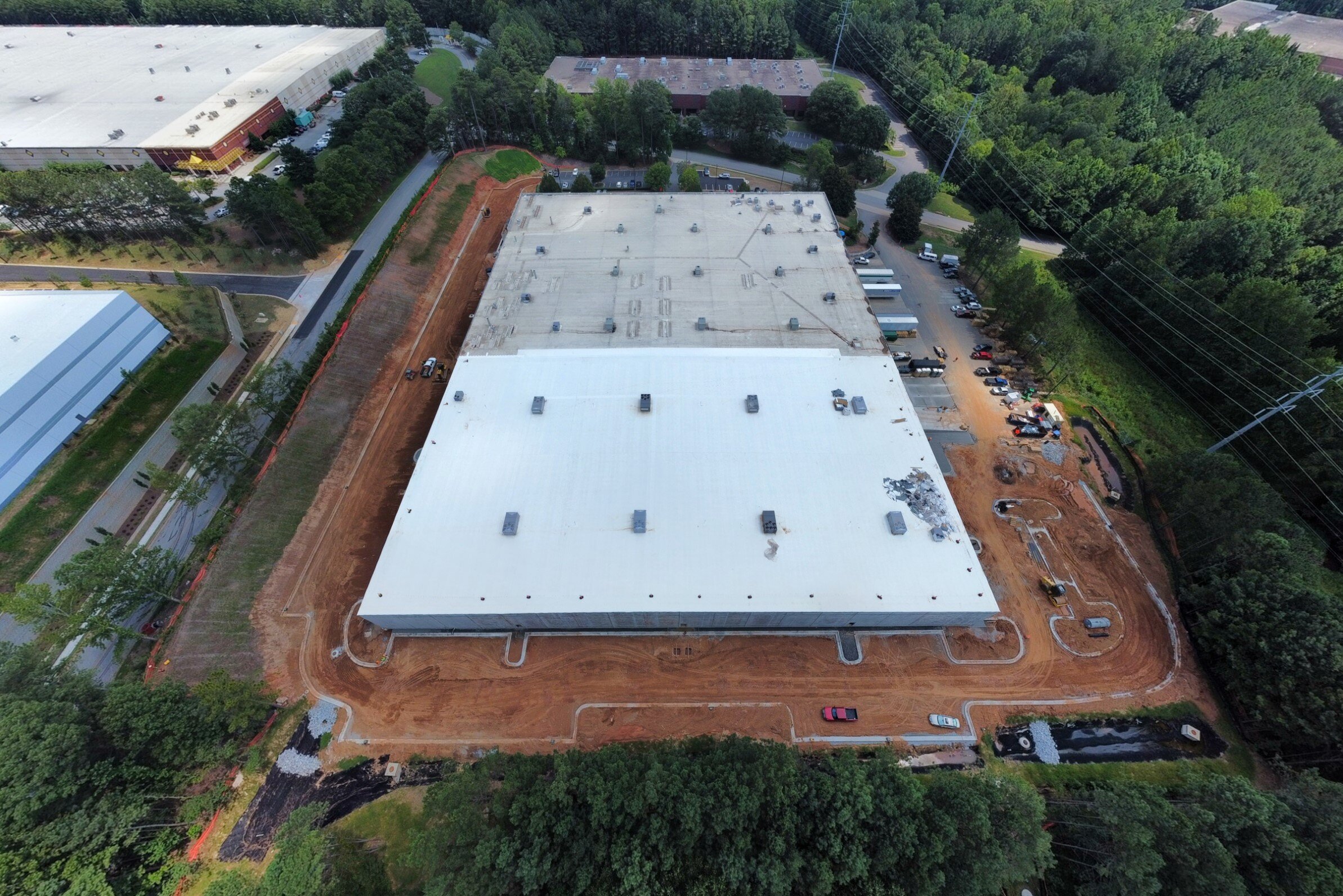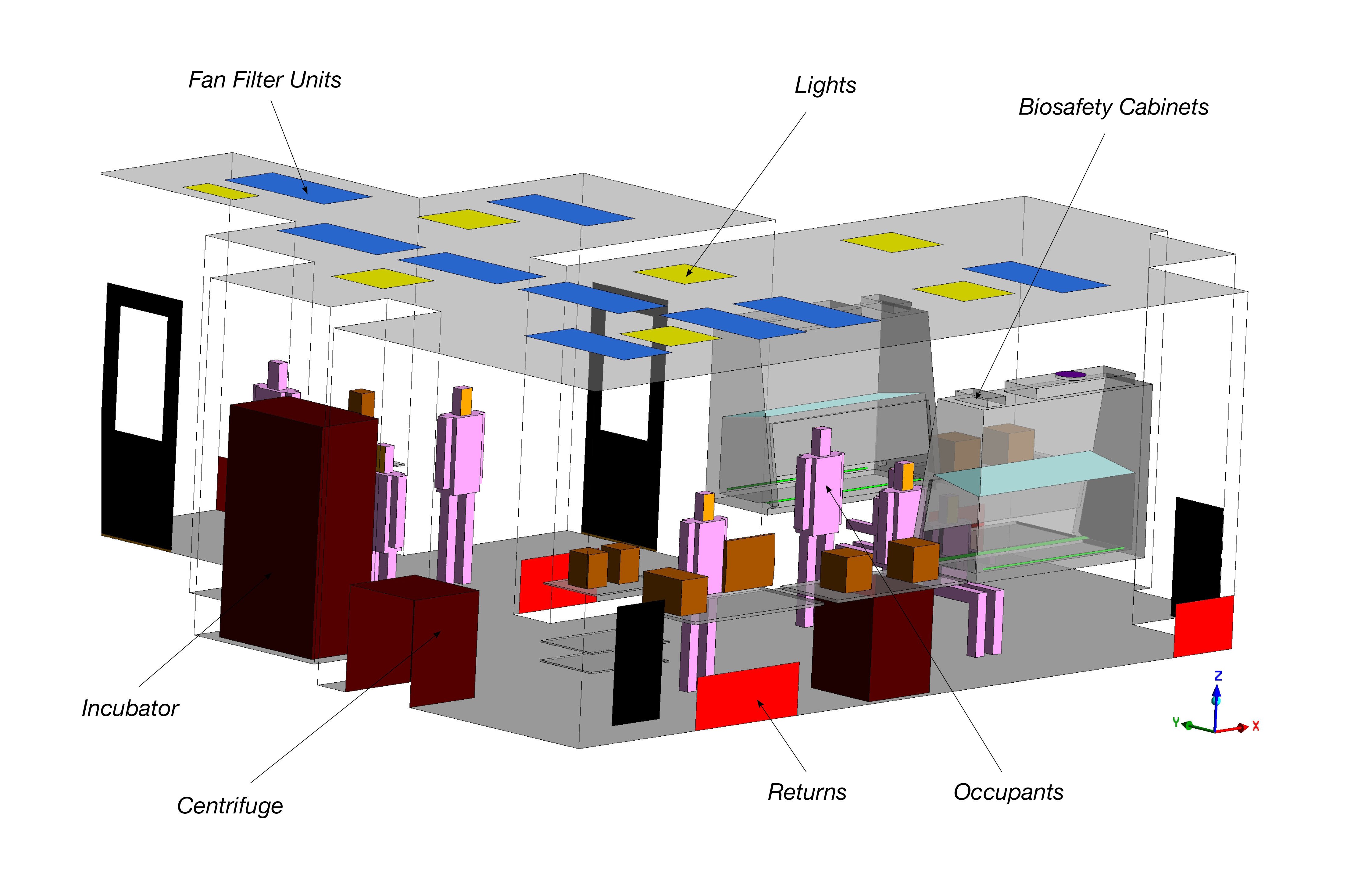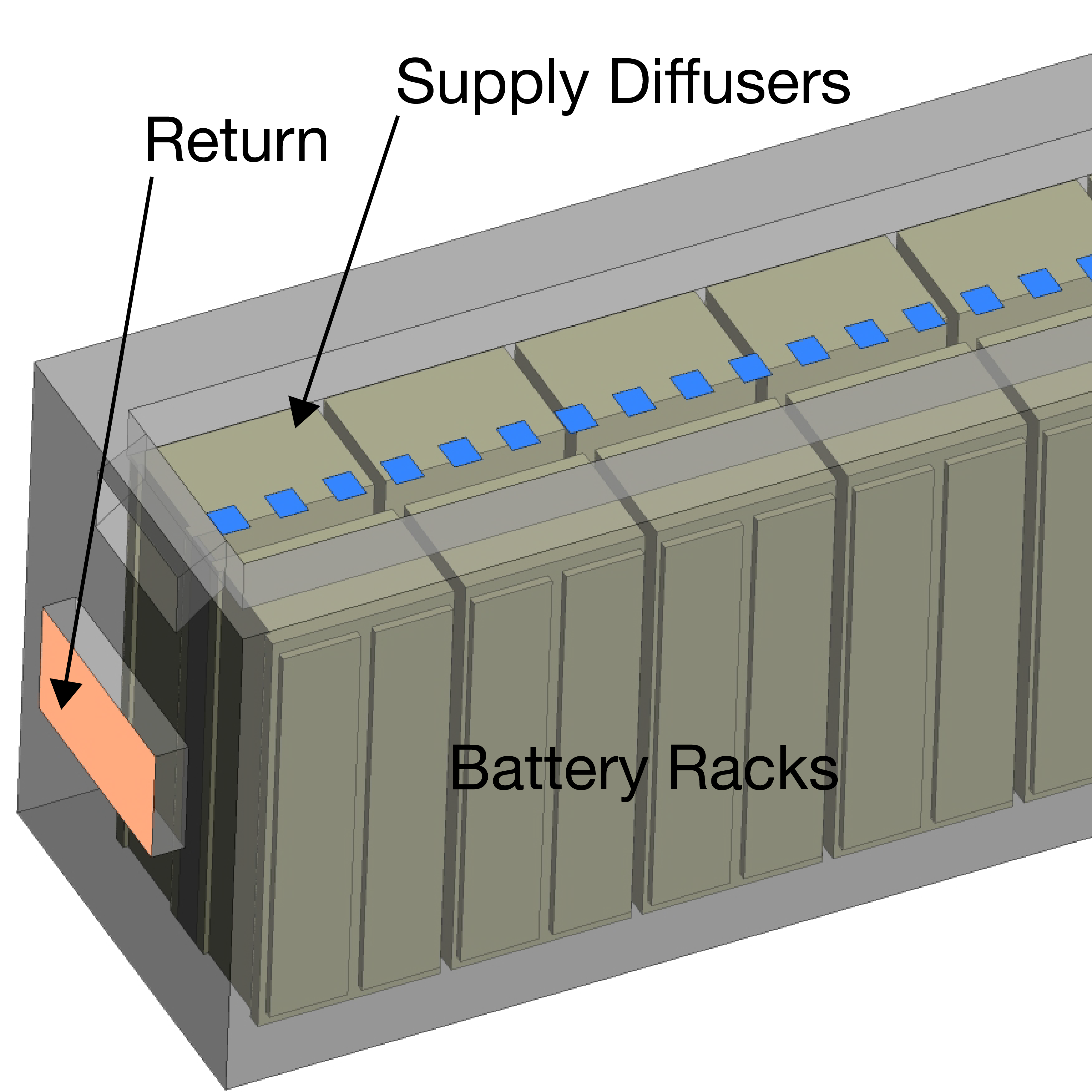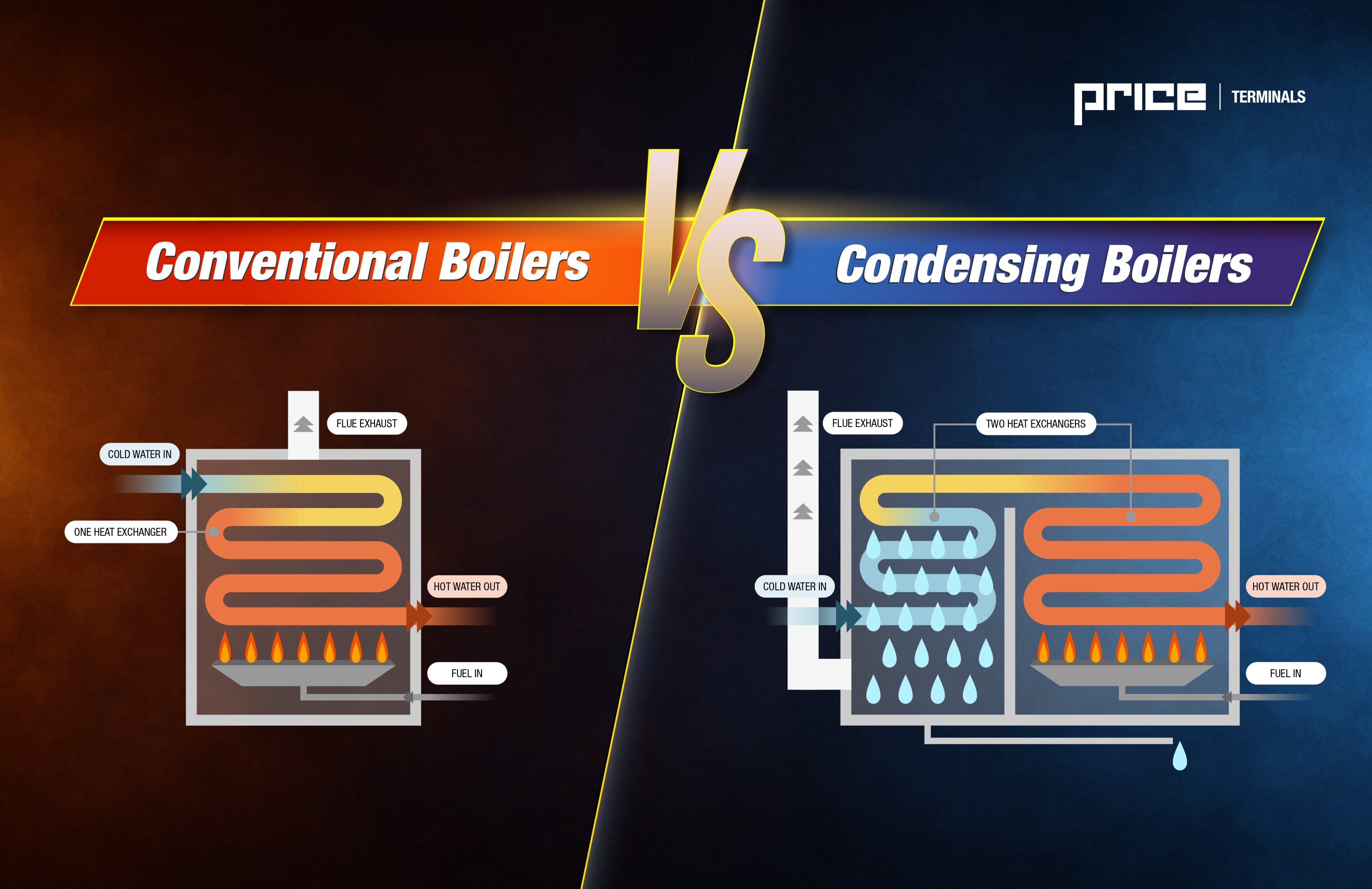Expansion Welcomes a New Era of Manufacturing
Since starting operations in 2019, Price’s Crestridge factory in Georgia has become the US base for production of many HVAC products, including chilled beams, underfloor air diffusers, fan columns and other products for Sustainable Systems; plenums for GRD; and silencers and acoustic panels for Noise Control.







